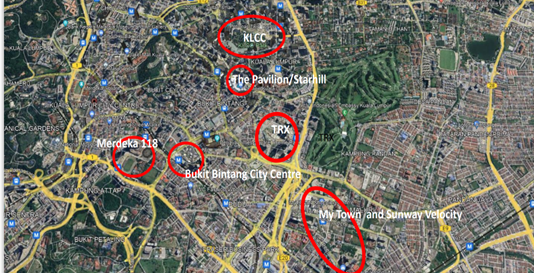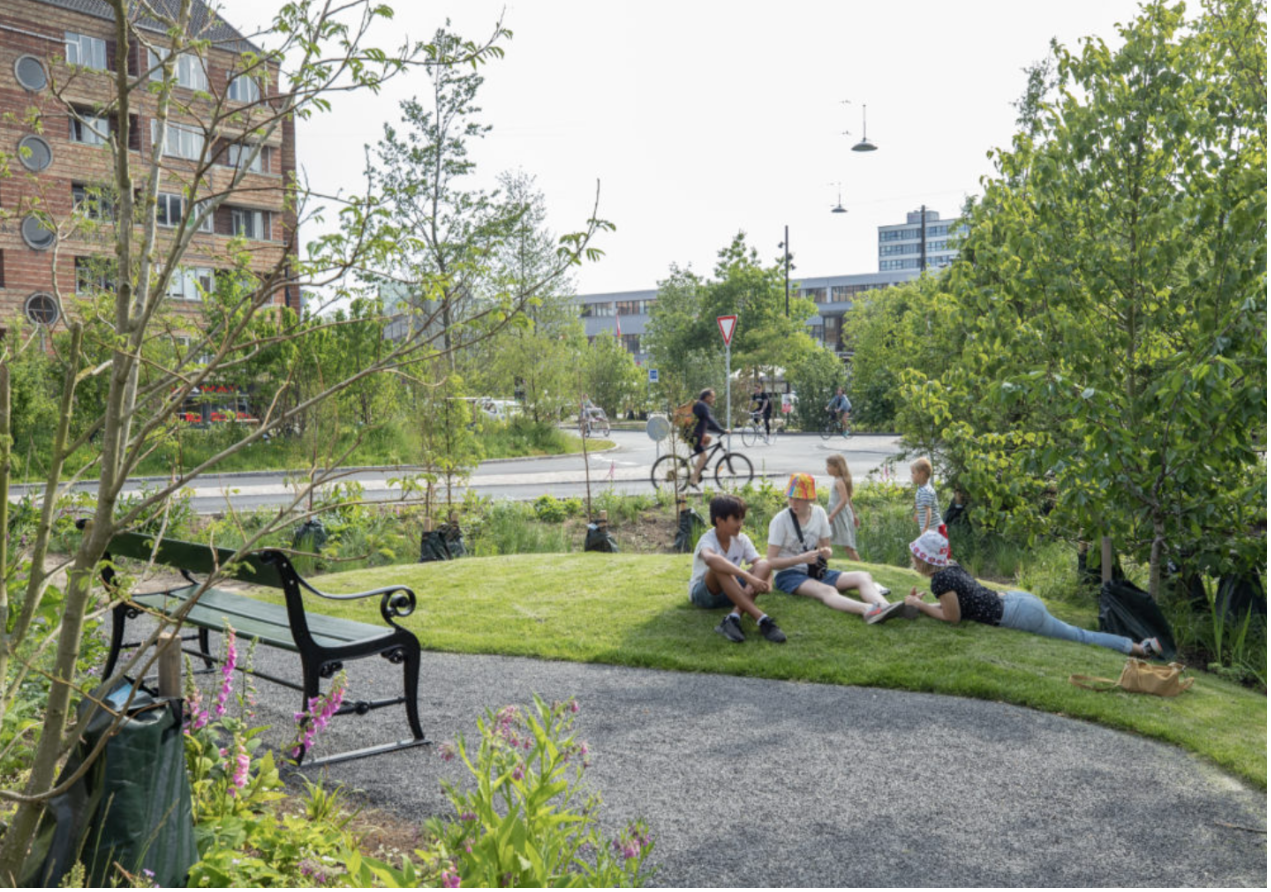A group of 48 first year students of the Architecture Department had an opportunity to visit the agro-tropical home of En.Mazlan Zain in Kg. Kota Giam, Jitra, Kedah as part of their site-study visit in the middle of last semester. The activity was part of an Experiential Learning practice imbedded in the course teaching and learning methodology. By a general definition, ‘Experiential Learning’ includes the experiences that are produced through constant interactions and engagement with the context and learning is an inevitable output of that experiences. Experiential Learning promotes meaningful and deep learning rather than surface or rote learning.
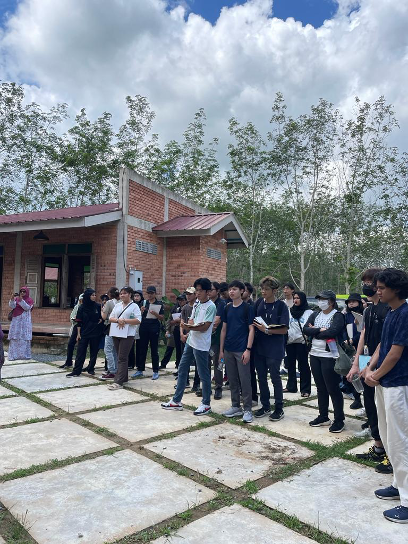 |
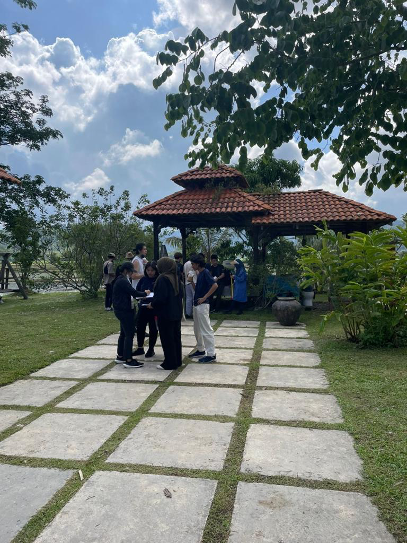 |
David Kolb, an American educational theorist promoting Experiential Learning suggested that there are four main stages of the experiential learning cycle, which are Concrete Experience, Reflective Observation, Abstract Conceptualization and Active Experimentation. This site-study visit was one of the best applications for this learning mode. Experiential Learning is perfect for conducting site-study such as this, as it is vital to experiment, reflect, amend and re-evaluate during a research trip or project.
Different students possess different learning styles and by understanding this it helps instructors to approach teaching and learning in a variety of methods. Experiential Learning improves teamwork, leadership and communication skills. Students involved in different stages or levels of cognitive, psychomotor and affective skills. Some of the learning stages include experiencing, imagining, reflecting, analysing, thinking, deciding, acting, initiating, and balancing.
Selecting the most suitable assessment methods for evaluating Experiential Learning is imperative to ensure the learning objectives stipulated in the course, lesson or activity are achieved. Some of the assessment strategies that can be used are suggested below:
- The students work will be judged from the students own chosen definition.
- The assessment criteria and grading rubric are helped created by the students.
- Having a compilation of portfolio or a reflective journal of sketches, writings or etc.
- Critical events that took place during the experience need to be reflected upon.
- Creating essay, report or presentation (arts-based, multimedia or oral) on what has been learnt and gathered from the reflective journal or portfolio.
- Self-awareness tools and exercises (e.g., questionnaires about learning patterns)
- Answering questions of a ‘why’ or ‘explain’ nature (e.g., “What did you learn during this assignment? What did you not learn that you would like to?”)
- Verbal/oral assessment/presentation.
- Suggestion for further ideas or development of the activity/lesson.
- Task performed being evaluated by individual or group. (Self or group evaluation).
All in all, Experiential Learning can be extremely useful to be applied in teaching and learning. Experiential Learning encourages the idea that learning is a lifelong process and it significantly enhances the traditional learning methods in order to develop critical thinking and soft skills in a meaningful experience.
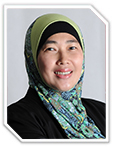 |
Dr. Roslina Sharif
Pensyarah Kanan
Fakulti Rekabentuk dan Senibina,
Universiti Putra Malaysia
|
Tarikh Input: 04/10/2023 | Kemaskini: 04/10/2023 | uswahhasanah
PERKONGSIAN MEDIA

















